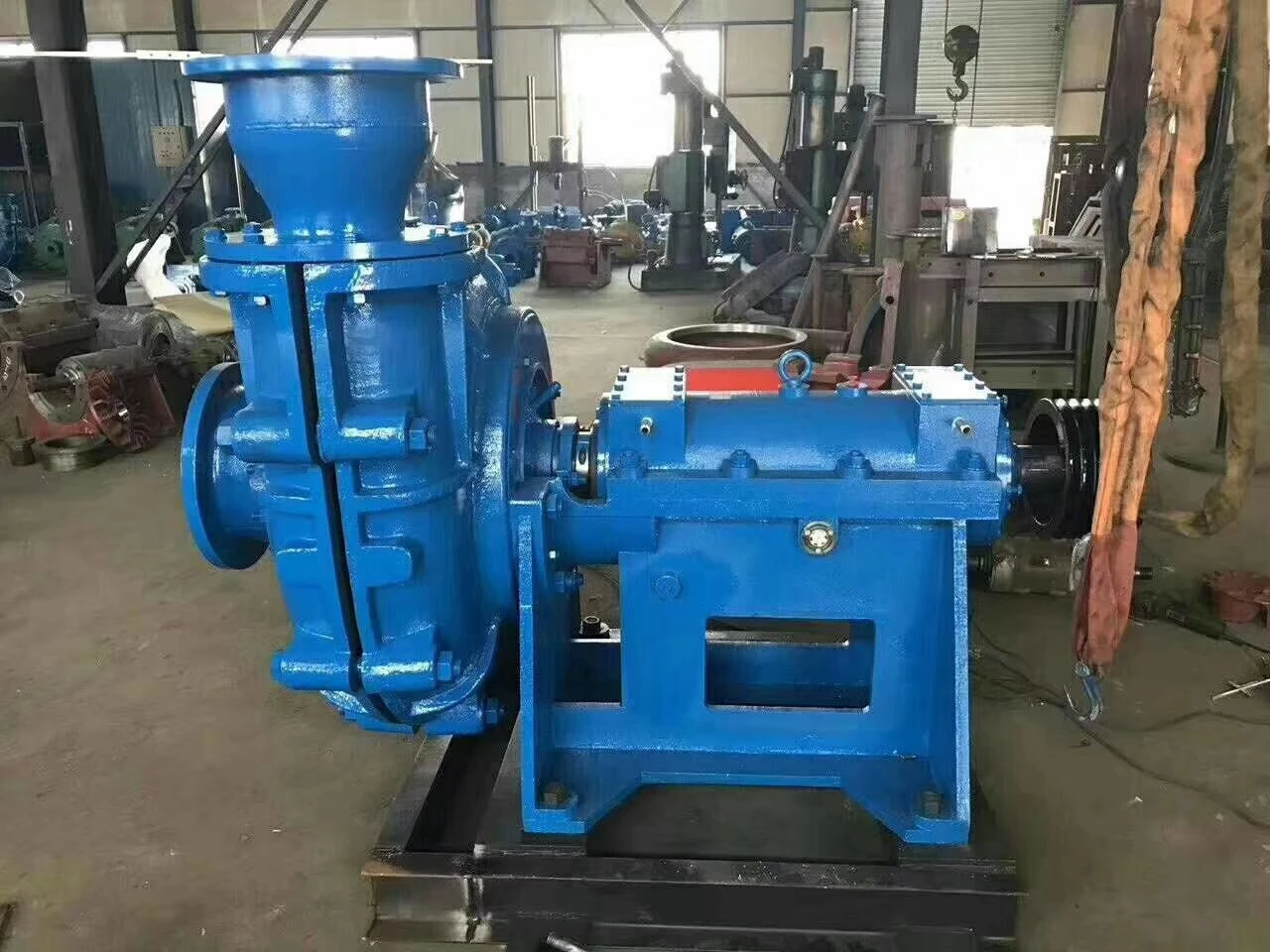English
- Afrikaans
- Albanian
- Amharic
- Arabic
- Armenian
- Azerbaijani
- Basque
- Belarusian
- Bengali
- Bosnian
- Bulgarian
- Catalan
- Cebuano
- Corsican
- Croatian
- Czech
- Danish
- Dutch
- English
- Esperanto
- Estonian
- Finnish
- French
- Frisian
- Galician
- Georgian
- German
- Greek
- Gujarati
- Haitian Creole
- hausa
- hawaiian
- Hebrew
- Hindi
- Miao
- Hungarian
- Icelandic
- igbo
- Indonesian
- irish
- Italian
- Japanese
- Javanese
- Kannada
- kazakh
- Khmer
- Rwandese
- Korean
- Kurdish
- Kyrgyz
- Lao
- Latin
- Latvian
- Lithuanian
- Luxembourgish
- Macedonian
- Malgashi
- Malay
- Malayalam
- Maltese
- Maori
- Marathi
- Mongolian
- Myanmar
- Nepali
- Norwegian
- Norwegian
- Occitan
- Pashto
- Persian
- Polish
- Portuguese
- Punjabi
- Romanian
- Russian
- Samoan
- Scottish Gaelic
- Serbian
- Sesotho
- Shona
- Sindhi
- Sinhala
- Slovak
- Slovenian
- Somali
- Spanish
- Sundanese
- Swahili
- Swedish
- Tagalog
- Tajik
- Tamil
- Tatar
- Telugu
- Thai
- Turkish
- Turkmen
- Ukrainian
- Urdu
- Uighur
- Uzbek
- Vietnamese
- Welsh
- Bantu
- Yiddish
- Yoruba
- Zulu
Telephone: +86 13120555503
Email: frank@cypump.com
Nov . 07, 2024 07:14 Back to list
Efficient and Durable Pumps for Handling Mining Slurries in Harsh Environments
Understanding Mining Slurry Pumps Key Components and Applications
Mining slurry pumps play a crucial role in the mineral extraction process. As the mining industry continues to evolve with technological advancements, the need for efficient and durable pumping solutions has become more critical than ever. This article explores the essential functions of mining slurry pumps, their various applications, and the key components that contribute to their effectiveness in managing abrasive and viscous slurries.
What is a Mining Slurry Pump?
A mining slurry pump is designed specifically for transporting mixtures of liquid and solid particles. These slurries can be formed from the extraction and processing of minerals, such as gold, copper, or coal. Due to the abrasive and corrosive nature of these slurries, traditional water pumps are often insufficient for the task, leading to the need for specialized slurry pumps that can handle the rigors of mining environments.
Key Applications
Mining slurry pumps are utilized in various applications throughout the mining process. These include
1. Slurry Transport The primary function of a slurry pump is to transport the mixture of water and solid particles from one location to another, such as from the mine to a processing facility. This transport is essential for the efficient management of mined materials.
2. Tailings Management After the extraction process, the leftover materials, known as tailings, are often in slurry form. Mining slurry pumps are instrumental in transferring these tailings to designated storage areas, helping to minimize environmental impact and comply with regulatory standards.
3. Pulp Processing In mineral processing, slurry pumps are used to move slurries during various stages, such as grinding, flotation, and sedimentation. These processes require reliable pumps to ensure a consistent flow of material.
4. De-watering Operations Slurry pumps also play a pivotal role in de-watering operations, where excess water needs to be removed from mining sites to allow for safe and efficient mining practices.
mining slurry pump

Key Components
The effectiveness of mining slurry pumps can be attributed to several key components that are specifically designed to handle the harsh conditions of mining environments
1. Impeller The impeller is a rotating component that generates the necessary hydraulic energy to move the slurry. Slurry pumps often feature robust impellers made of wear-resistant materials to withstand the abrasive nature of mined materials.
2. Casing The casing surrounds the impeller and helps direct the flow of the slurry. It is typically designed to be sturdy and resistant to corrosion, ensuring longevity in demanding conditions.
3. Suction and Discharge Connections These connections facilitate the intake and distribution of the slurry. They must be designed to minimize the risks of clogging and ensure smooth flow, specifically in high-capacity applications.
4. Seals and Bearings Seals prevent leaks, which is essential for both safety and environmental protection. Bearings support the rotating components and must be designed for high durability to withstand the severe operational loads present in slurry pumping.
5. Drive Mechanism The mechanism that powers the pump can vary, but electric or diesel engines are commonly used in mining applications. The drive should provide enough torque to handle the viscosity and density of the slurry without causing strain on the pump components.
Conclusion
Mining slurry pumps are vital to the efficient and effective operations of the mining industry. With their ability to manage abrasive and viscous materials safely and reliably, these pumps help ensure that mineral extraction processes can be conducted with minimal environmental impact. As the mining sector continues to advance, the development of innovative slurry pump technologies will be crucial in addressing the challenges posed by modern mining operations. Investing in quality mining slurry pumps not only enhances productivity but also contributes to sustainable mining practices, reflecting the industry's commitment to responsible resource management.
-
Horizontal Split Case Pump with GPT-4 Turbo | High Efficiency
NewsAug.01,2025
-
ISG Series Pipeline Pump - Chi Yuan Pumps | High Efficiency, Durable Design
NewsAug.01,2025
-
Advanced Flue Gas Desulfurization Pump with GPT-4 Turbo | Durable & Efficient
NewsJul.31,2025
-
ISG Series Vertical Pipeline Pump - Chi Yuan Pumps | Advanced Hydraulic Design&Durable Construction
NewsJul.31,2025
-
ISG Series Vertical Pipeline Pump - Chi Yuan Pumps | Energy Efficient & Low Noise
NewsJul.31,2025
-
pipeline pump - Chi Yuan Pumps Co., LTD.|High Efficiency&Low Noise
NewsJul.31,2025










